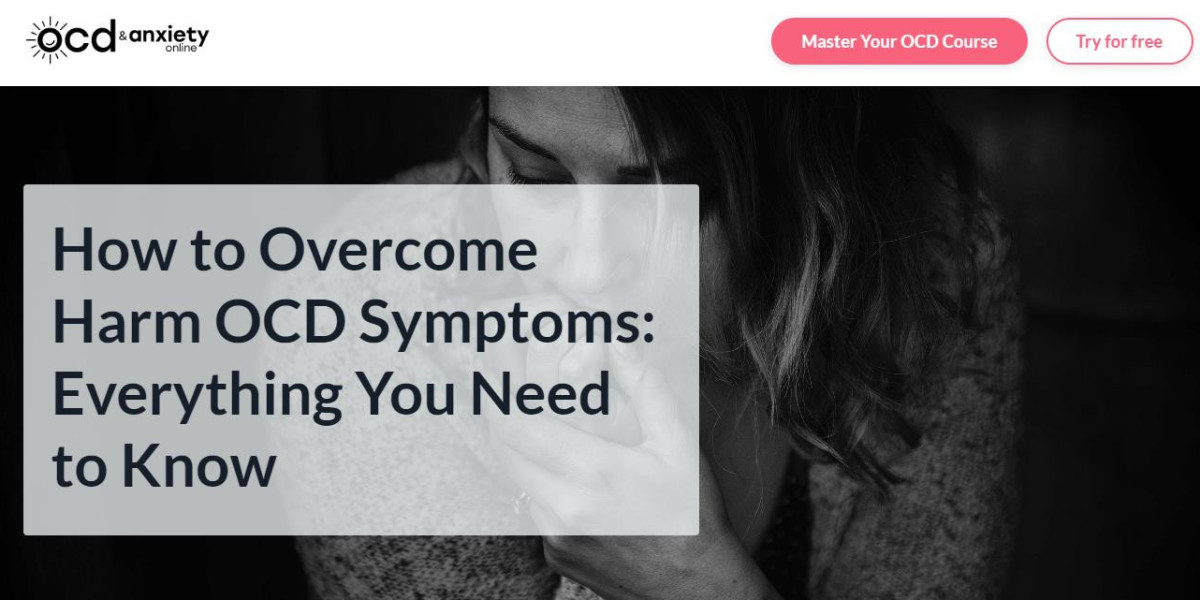Living in a world that seems increasingly concerned with cleanliness and hygiene, it's not uncommon for people to develop a heightened awareness of germs and cleanliness. However, for those who suffer from Contamination OCD, this fear can become an all-consuming obsession, leading to debilitating distress and anxiety.
Contamination OCD, often referred to as OCD germs, is a specific subset of Obsessive-Compulsive Disorder (OCD). It is characterized by obsessive thoughts and compulsive behaviors related to cleanliness, hygiene, and the avoidance of perceived contaminants. Another variation of OCD, known as Harm OCD, shares some similarities with Contamination OCD but is distinguished by its focus on causing harm to others or oneself. In this article, we will delve into the world of Contamination OCD and Harm OCD, exploring their symptoms and the impact they can have on those who experience them.
Contamination OCD : The Fear of Germs
Contamination OCD is rooted in an overwhelming fear of germs, dirt, or substances that one perceives as harmful. Those with Contamination OCD may constantly worry about being exposed to germs or contaminants, even in seemingly clean environments. Their anxiety is driven by the irrational belief that these contaminants will lead to severe illness or harm. This fear can be paralyzing, making everyday activities, such as touching objects, using public facilities, or even shaking hands with others, sources of extreme distress.
OCD Germs : The Vicious Cycle
One hallmark of Contamination OCD is the cycle of obsession and compulsion. Individuals with this condition experience intrusive and distressing thoughts about germs or contaminants throughout the day. These obsessions trigger intense anxiety and discomfort. In response, they engage in compulsive behaviors to reduce their anxiety, such as excessive handwashing, cleaning, or avoidance of situations they perceive as risky. Unfortunately, these compulsions provide only temporary relief, and the cycle repeats, often with increasing intensity.
Harm OCD : Fear of Causing Harm
Harm OCD, on the other hand, focuses on the fear of causing harm to others or oneself, either intentionally or accidentally. People with Harm OCD experience intrusive and distressing thoughts related to harming others, even though they have no intention of doing so. These thoughts can include fears of accidentally harming someone, harming a loved one, or being responsible for a catastrophic event. Similar to Contamination OCD, Harm OCD leads to compulsive behaviors aimed at preventing these feared outcomes.
The symptoms of Harm OCD are characterized by:
- Intrusive Thoughts: Persistent, distressing, and unwanted thoughts about causing harm to others or oneself.
- Extreme Guilt and Anxiety: Intense feelings of guilt and anxiety about these thoughts, despite knowing that they do not represent the individual's true intentions or desires.
- Compulsive Behaviors: Engaging in compulsive behaviors to neutralize or alleviate the distressing thoughts. These can include mental rituals (repeatedly checking one's thoughts), avoidance of certain situations, or seeking reassurance from others.
- Interference with Daily Life: Harm OCD can significantly disrupt an individual's daily life, causing distress, avoidance of social situations, and impaired functioning.
The Overlapping Themes
While Contamination OCD and Harm OCD may seem distinct, they share common themes. Both involve distressing intrusive thoughts that lead to compulsive behaviors aimed at reducing anxiety and preventing harm. Additionally, individuals with either form of OCD often recognize the irrationality of their thoughts, which adds to their distress.
Seeking Help for Contamination OCD and Harm OCD
Living with Contamination OCD and Harm OCD can be extremely challenging, but it's important to remember that effective treatments are available. Cognitive-behavioral therapy (CBT), particularly exposure and response prevention (ERP), is considered the gold standard for OCD treatment. Medication, such as selective serotonin reuptake inhibitors (SSRIs), can also be prescribed in conjunction with therapy to help manage symptoms.
If you or someone you know is struggling with Contamination OCD or Harm OCD, it's crucial to seek professional help. A mental health provider with experience in treating OCD can provide guidance, support, and evidence-based interventions to help individuals regain control of their lives.
In conclusion, Contamination OCD and Harm OCD are subsets of Obsessive-Compulsive Disorder that can significantly impact an individual's quality of life. While these conditions are challenging, effective treatments are available, offering hope and relief to those who suffer from them. Remember, you are not alone, and seeking help is the first step toward managing and overcoming OCD germs and Harm OCD symptoms.



